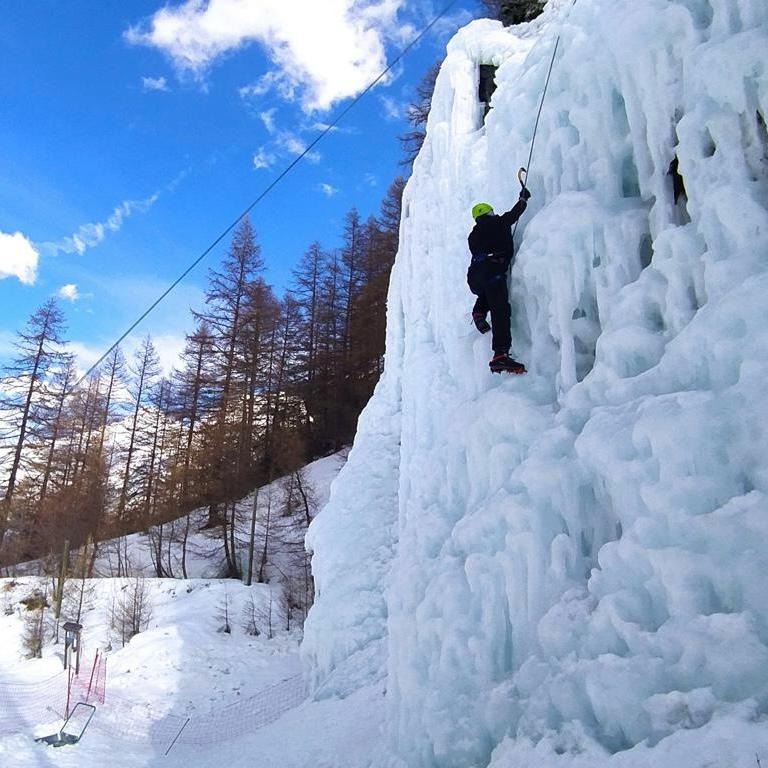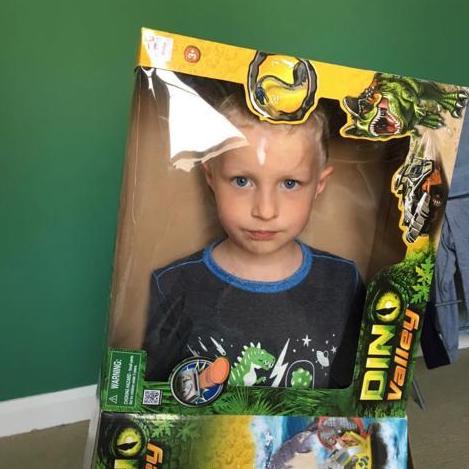You can’t always trust the weather in the Alps. Which is why, when planning a skiing holiday, it’s best to know what the other options are.
When I visit the delightfully pretty French resort of Val Cenis, I check out some alternative winter sports: biathlon, ice-climbing, moonbiking and ice-floating.
For the energetic, biathlon offers the twin iron-man appeals of cross-country skiing and rifle shooting. It’s a specialty of the little village of Bessans, which, just a few miles from Val Cenis, is even prettier, but doesn’t offer as big a ski area for normal skiing. I stick to the rifle shooting, which is enough of a challenge.
The targets seem a preposterously long way away. The actual distance is 50m. I spread-eagle myself on the rubber matting. This is the conventional manner, since biathlon shooters are still wearing their cross-country skis, which forces them to lie with their legs in an extravagant V-shape.
I take aim. To my amazement, the little white rubber cap pops up to indicate I scored a direct hit. I get five out of five, which is very satisfactory. On the other hand, so do most of the other people I see having a go.
Next up is ice-climbing. This involves attempting to scale a near-vertical frozen waterfall using the spiky shoes known as crampons and gripping a lethal-looking curved ice-pick in either hand. It’s actually easier than it looks—but still hard enough, particularly with my level of skill, to be scary, bring me out in a sweat, and feel great when I make it to the top.
Then comes the reward. I rappel down backwards like an astronaut, supported by the rope held by my instructor, Batiste. I descend in one minute what took 20 to climb.
With moonbiking, it’s the other way around: it looks easy, but is actually hard. The machine consists of a single blade at the front and a caterpillar track behind.
The challenge is not to ride it as you would an ordinary motorbike. If you just go straight, you’re unstable. You have to stay always on an edge, the same as if you’re snowboarding.
After a while, I’m chuntering around the specially designed track, with only the occasional wobble.
Finally, ice-floating. This looks easy. And as it turns out, that’s what it is. But it still makes practitioners look pretty silly.
Instead of a wetsuit, I don a drysuit. This means I can wear warm clothes underneath and won’t get wet. It also means I lumber around like a deep sea diver, before flopping into the freezing waters of a mountain pond. Here I lie on my back for half an hour, staring up at the shifting shapes of the clouds. Occasionally a bird flies by overhead.
It’s essentially a large-scale open-air flotation tank. The experience is very soothing and a lot more pleasant than I had expected.
One of the appeals of Val Cenis and the surrounding area is the old-fashioned familial atmosphere. My friendly B&B, the Deux Cols, is run by the third generation of the Gagniere family.
While in Bessans, it’s fun to explore the village and admire the venerable Alpine architecture and the fading murals outside churches. I drop in at the “Chapoteur”, the carpentry woodshed where old Georges Personnaz has been carving figures of the devil for decades, in tribute to a local myth.
Another day, I get chatting to my ski guide and find he grew up in Bessans. “Oh,” I say, “do you know the carpenter, Georges Personnaz?” “He’s my grandfather,” he replies.

